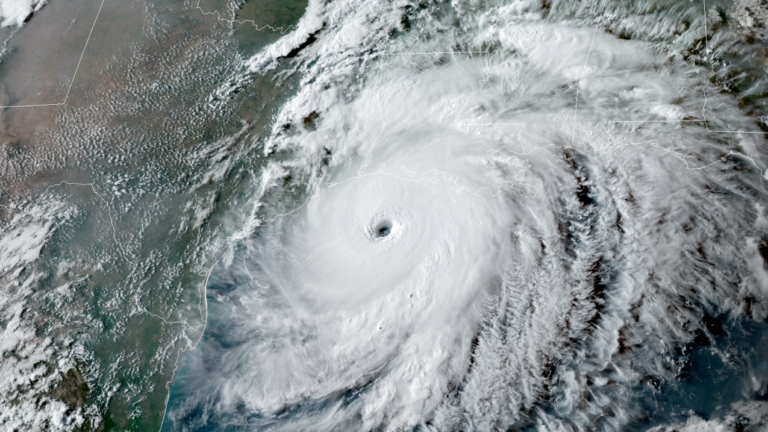NOAA’s Climate Prediction Center is predicting an above-normal Atlantic hurricane season for 2021. Forecasters predict a 60% chance of an above-normal season, a 30% chance of a near-normal season and a 10% chance of a below-normal season.
However, experts do not anticipate the historic level of storm activity seen in 2020. The Atlantic hurricane season extends from June 1 to November 30.
For 2021, 13 to 20 named storms (winds of 39mph or higher) are expected, of which six to 10 could become hurricanes (winds of 74mph or higher), including three to five major hurricanes (category 3, 4 or 5; with winds of 111mph or higher).
US Secretary of Commerce, Gina Raimondo, said, “The experts at NOAA are poised to deliver life-saving early warnings and forecasts to communities, which will also help minimize the economic impacts of storms.”
Last month, NOAA updated the statistics used to determine when hurricane seasons are above, near or below average relative to the latest climate record. Based on this update, an average hurricane season produces 14 named storms, of which seven become hurricanes, including three major hurricanes.
“Although NOAA scientists don’t expect this season to be as busy as last year, it only takes one storm to devastate a community,” said Ben Friedman, acting NOAA administrator. “The forecasters at the National Hurricane Center are well prepared with significant upgrades to our computer models, emerging observation techniques and the expertise to deliver the life-saving forecasts that we all depend on during this, and every, hurricane season.”
NOAA has made several updates to products and services that will improve hurricane forecasting during the 2021 season. This includes the upgrade of its flagship Global Forecast System (GFS) to improve hurricane genesis forecasting and coupled GFS with a wave model extending ocean wave forecasts from 10 days out to 16 days. Additionally, Global Positioning Satellite Radio Occultation (GPS-RO) data is now included in the GFS model, providing an additional source of observations to strengthen overall model performance.
Forecasters at the National Hurricane Center are also now using an upgraded probabilistic storm surge model, known as P-Surge, which includes improved tropical cyclone wind structure and storm size information that offers better predictability and accuracy. This upgrade extends the lead time of P-Surge forecast guidance from 48 to 60 hours in situations where there is high confidence.
Furthermore, NOAA’s Atlantic Oceanographic and Meteorological Laboratory will deploy its largest array of air and water uncrewed systems to gather data designed to help improve hurricane intensity forecasts and forecast models. New drones will be launched from NOAA Hurricane Hunter aircraft that will fly into the lower part of hurricanes; in the ocean, sail drones, hurricane gliders, global drifters and air-deployable technology, called ALAMO floats, will track various parts of the lifecycle of tropical storms.
Watch the 2021 Atlantic Hurricane Season Outlook from NOAA here:



